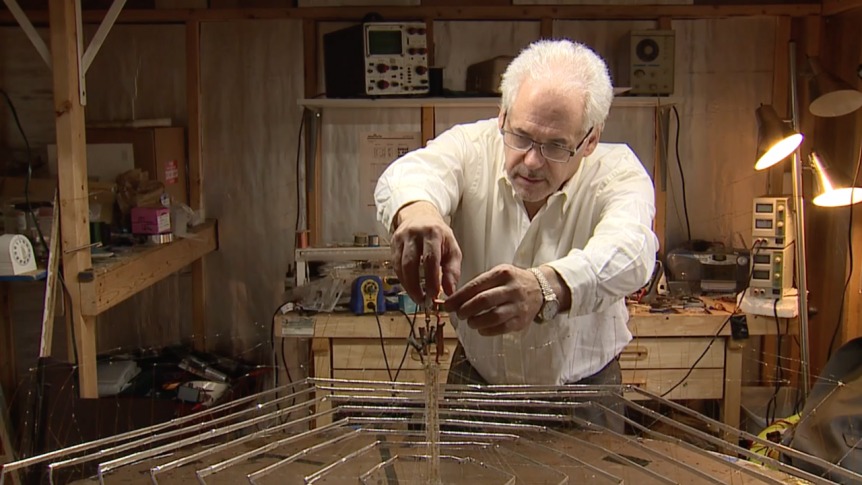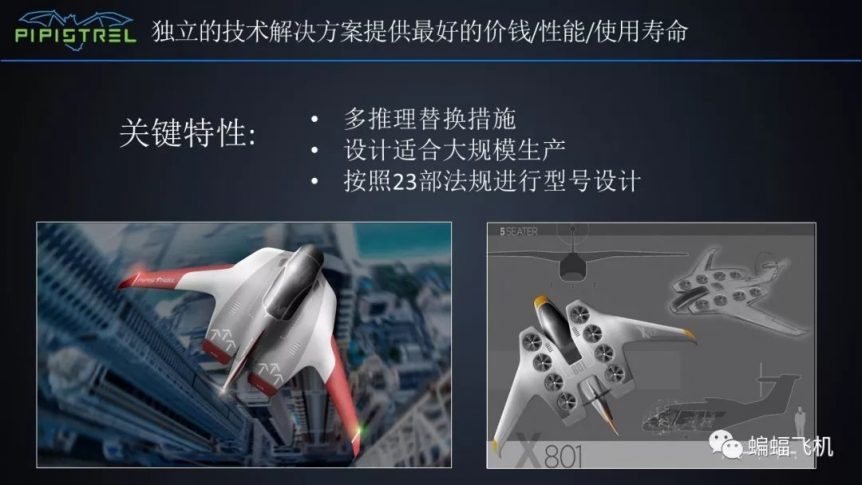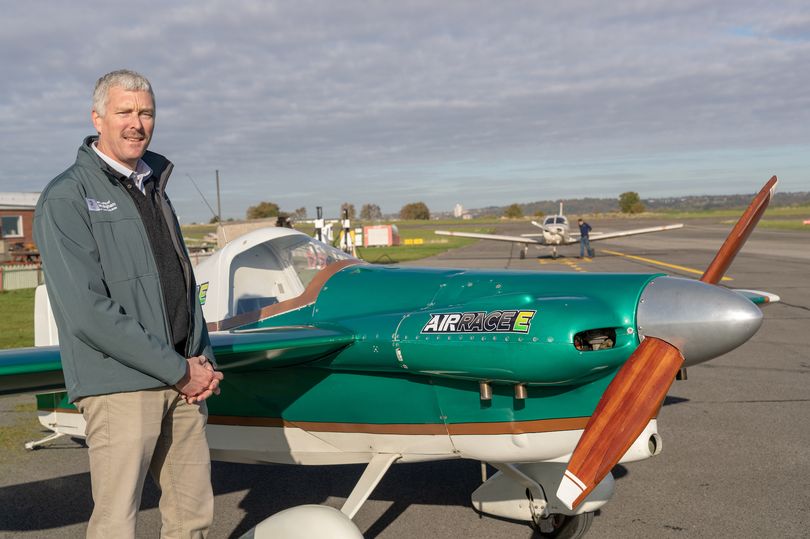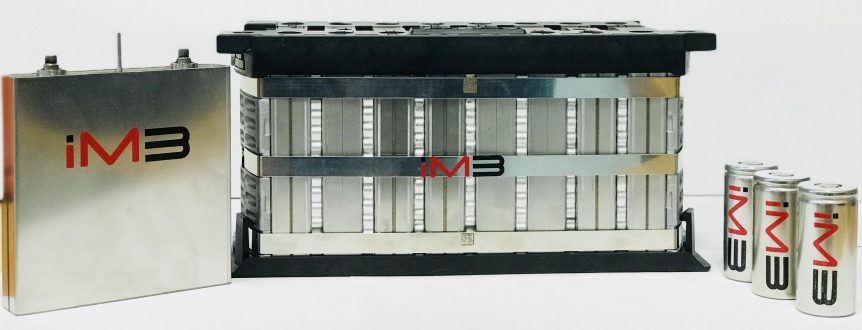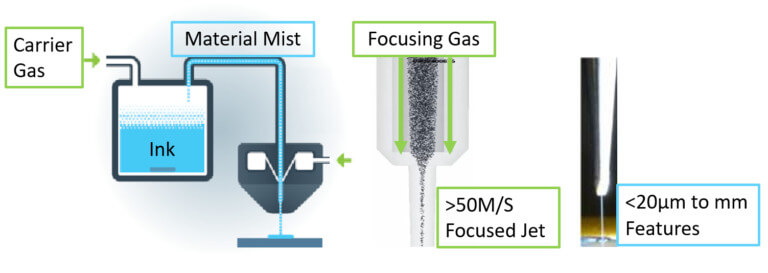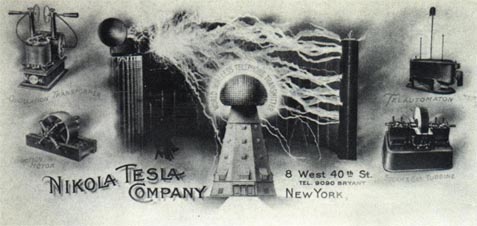Structural batteries, structures which are also their own energy storage devices, are being looked at with increasing frequency. Your editor has long been a proponent of integrating aircraft structures and the means of generating, storing and releasing energy – something he calls “the Grand Unified Airplane.” Joe Faust, a hang glider pioneer and designer of energy-gathering kites, put the idea of including batteries in an airplane’s structure into your editor’s mind. This video from the 1970’s shows Joe was not only athletic and adventurous – he was clean. His Wikipedia page is even more fascinating. 40 Years Later at Case Western Following Joe Faust’s lead, Case Western professor Vikas Prakash has demonstrated the potential or structural energy storage at model size. In what was described as an “otherwise unremarkable” craft, Prakash inserted “structural battery” components inside the six-foot wingspan on his unmanned aerial vehicle (UAV). Pre- insertion, the craft had been able to fly for 91 minutes before the batteries …
Goodyear Aero Wheel Sparks Controversy
Goodyear Creates a Flying Tire Displayed this week at the Geneva Auto Show, Goodyear’s new AERO wheel is not just rolling stock, but a possible aeronautical device that could propel a “flying car” skyward. Not only could it roll along the freeway, it could navigate the vehicle and choose whether to be in highway or aerial mode. These smart tires could have some problems, though, that could negate their aerial potential, according to some critics. Goodyear’s press release extols the possible virtues of the forward-thinking product: “GENEVA, March 5, 2019 /PRNewswire/ — The Goodyear AERO concept is a two-in-one tire designed for the autonomous, flying cars of the future. This concept would work both as a tire for driving on the road and a ‘propeller’ for flying through the sky.” Chris Hensel, Goodyear’s Chief Technology Officer, explains: “For over 120 years Goodyear has obsessively pursued innovations and inventions, partnering with the pioneers driving change and discovery in transport. With mobility companies looking …
Is Ionic Propulsion Plausible?
Ethan Krauss responds to MIT’s Ionic Flyer Coverage There seems to be great interest in ionic propulsion. After we published “MIT’s Ionic Flyer – Solid State All the Way,” our editorial offices (otherwise known as your editor’s kitchen) received a comment from Ethan Krauss, who corrected the historical record. He explains, “MIT was NOT “the first ion propelled aircraft of any kind to carry their power supply, as their video and paper say. They don’t use less voltage, they are not more efficient, they are not the largest. Size was not the limit in the past.” Click on image to see video of MIT’s first flights. “They are the second in the world to be able to claim that they built an ion propelled craft that can carry its power supply. Their craft however, was launched with the assistance of a bungee cord, and large wings thereby reducing the power needed for its 10 second flight.” The Cleveland Plain Dealer …
Pipistrel, Honeywell Sign MOU
The fun part of writing this blog is receiving news of hopeful aspirations and plans for a thriving future. Taja Boscarol, one of the founders of Pipistrel, shared such news this week. “It is my greatest pleasure and honor to announce that Pipistrel and Honeywell signed an MOU(Memo of Understanding) regarding collaboration on aircraft technologies for urban air mobility.” The Slovenian/American joint venture headlined its press release, “PIPISTREL AND HONEYWELL COLLABORATE ON AIRCRAFT TECHNOLOGIES FOR URBAN AIR MOBILITY,” with the multi-faceted secondary headline, “Pipistrel and Honeywell combine aerospace expertise to address the technical, regulatory and business challenges of the emerging on-demand mobility market.” eVTOL News lists over 140 electric vertical takeoff and landing aircraft on its web site. Early in the 20th century, there were thousands of automobile manufacturers. Such high-end products with their attendant development and manufacturing costs can’t be maintained by all the competitors, especially when market winners survive by growing in efficiency and productivity to make desirable …
MIT’s Ionic Flyer – Solid State All the Way
This week, a kerfuffle tsunami has swept through the aeronautical press, with the announcement by Steven Barret of the Massachusetts Institute of Technology (MIT) that he has flown an ion-powered airplane that “doesn’t depend on fossil fuels or batteries.”* (A minor point – the airplane does have a battery that gets its output voltage ramped up by a custom power supply.) Five years ago, your editor reported on ionic thrusters, several of which were being tested by Barrett, associate professor of aeronautics and astronautics. These little devices have great promise for moving vehicles in space, where the vacuum presents no aerodynamic drag to overcome. Even a small nudge from a thruster in space will cause a vehicle to accelerate. They work fine for low-speed propulsion of small balloons here on earth, or for lightweight lifters as part of science demonstrations, but have been neglected for heavier-than-air craft until now. Comparing the development level of his ionic airplane to that of …
Richard Glassock, Jeff Zaltman and Air Race E
Richard Glassock and Beacons of Excellence Richard Glassock is an Australian scholar and designer currently living in Nottingham, England, working as a Professor at the University of Nottingnam. One if the founding lights in the Outback Joe competions, in which teams launched autonomuous aircraft into remote parts of Australia to find the eponymous character and deliver aid, he was on the forefront of things to come. Later, he designed a twin-motored sailplane to take parties of six or eight to cloudbase, a perfect outing for kid’s parties or adult’s anniversary celebrations. He was part of a team that designed a modern hybrid parachute jump plane, optimized for rapid turnarounds. His motorcycle range extender would enable a pilot to ride to the airport in style, and when connected to an electric or hybrid aircraft, provide long range – and at the end of the flight – a ride home. Not only a professor, Richard is project lead for this Beacon of …
The C4V Battery – Solid-State in Production?
Jeffrey Engler of Wright Electric posted an item about Charge CCCV, LLC (C4V) which “demonstrated a prototype of its new Solid State Battery (SSB) at the NY BEST 2018 Fall Conference in New York. The Company’s SSB solution delivers higher performance, higher density, lower cost batteries that promise to require significantly less charging time than others.” The startup announced a 380 Watt-hour-per-kilogram battery already in production. Since your editor tends to become a bit snarky about the usual two-to-five-year period of anticipation before these numbers become reality, he rushed to check out the claims. Plausible Numbers, but Uncertain Time Frame The firm’s numbers are not wildly excessive, and they seem to be getting funding and finding partnerships with established companies. The video is not great proof of anything other than that a metal box with the company’s logo exists. Their web site gives credibility to their ability to produce actual batteries. According to C4V, “Approximately 80% of the cost to …
Carbon Fiber and the Grand Unified Airplane
Your editor has long held the belief that we are on the threshold of creating a Grand Unified Airplane, a craft that would draw all its energy from solar cells, the flexing of its wings, the air passing over its form, and the very act of flight itself. It seems to become less of a science fiction ideal and more of real-world possibility every day. Carbon fiber could be part of that possibility. What if your airplane were its own battery? Think of the weight savings and potential endurance and range. Your editor became fascinated with 2010 research done by Dr. Emile Greenhalgh of Imperial University in London, who developed a structural sandwich with carbon fiber outer layers and a fiberglass core. It could be used for body panels on a car, inspiring Volvo to become involved and proceed with initial tests. Since those early tests, other researchers have duplicated and expanded the research, with Dr. Leif Asp of Chalmers …
Promising 3D Printed Microlattice Battery
The three biggest words in battery structures are “Area, Area, Area.” The more anode and cathode area a battery can expose to the electrolyte that carries ions and electrons between the positive and negative ends of the battery, the better. Most battery configurations, according to researchers at Carnegie Mellon University and Missouri University of Science and Technology, block a great deal of interaction between these elements. Their solution is to go porous in a microlattice battery, thanks to 3D printing. Electrodes present some surface area to the electrolyte, which can only interact with the surface area presented. Rahul Panat at Carnegie Mellon and Jonghyun Park at Missouri S & T have created a cube-shaped battery composed of microlattice electrodes which present significantly greater amounts of surface area to the electrolyte. The title of their paper (with co-author Mohammad Sadeq Saleh) brings out this “area rule”: “3D printed hierarchically-porous microlattice electrode materials for exceptionally high specific capacity and areal capacity lithium …
Wireless Charging for Drones
In its introduction, Global Energy Transmission Corporation (GET) promises virtually indefinite flight for multi-rotor aircraft. “GET re-invents [the] commercial drone industry providing [a] technical solution to power drones in 24×7 mode around dedicated area[s]. An electrically powered drone can recharge and fly indefinitely via efficient safe high power in-flight rapid recharging in a GET power hotspot. The company’s distance wireless charging technologies uniquely enable drone delivery and many other industrial applications.and many other industrial applications.” This wireless charging concept goes back a long way. Tesla’s Dream In the film The Prestige, key parts center on visits to Nikola Tesla’s laboratory in upstate New York, where the tower that dominates the grounds was one of his dreams. Although never completed in real life, images of its planned form captivated readers and promised endless supplies of electrical energy to the world – with power from Niagara Falls flowing to land and sea wirelessly. Whether even the mighty Niagara could power the world …



